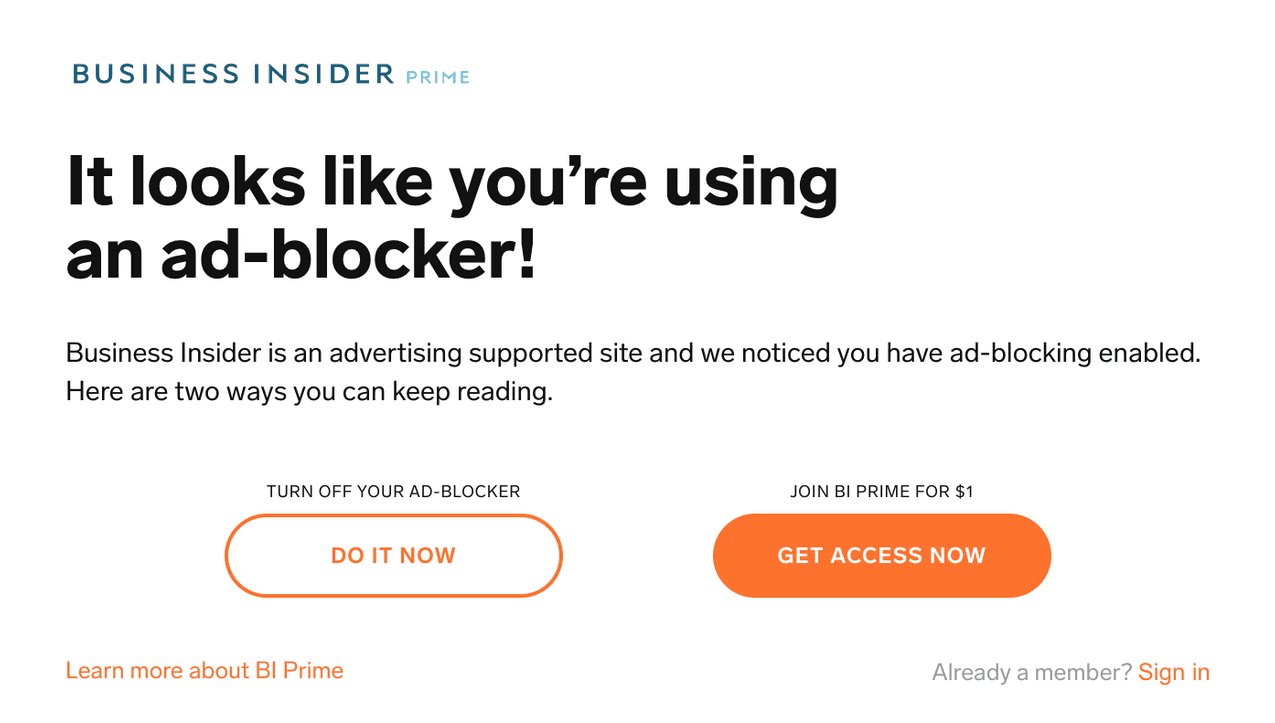

These include popups, ads that flash quickly, change colors or force people to wait 10 seconds before accessing content on a publisher's page.

Google isn't calling its technology an ad blocker, instead classifying it as a "filter" that removes the ads that consumers hate most.

"We realized solutions like ad blockers punish everybody, including publishers who develop great content and are thoughtful about the ad experience they put on their site." "We've all known for a while that the ad experience is a real problem, and that it's confused and angered users," Sridhar Ramaswamy, senior VP of ads and commerce at Google, told Ad Age. The moves, which had been anticipated since word got out in April but hadn't been previously confirmed by Google, will impact the entire advertising ecosystem because Chrome is the most popular web browser for both desktop and mobile. Publishers will be able to understand how they will be affected through a tool Google is dubbing "The Ad Experience Report." It will basically score a publisher's site and inform them which of their ads are "annoying experiences."Īt the same time, Chrome will give publishers the option to force a choice on people running their own ad blocking software: whitelist the site so its non-annoying ads can display or pay a small fee to access the content ad-free. Google's Chrome browser will soon come with preinstalled technology that will block the most annoying ads currently marring the web experience, the company confirmed on Thursday.


 0 kommentar(er)
0 kommentar(er)
